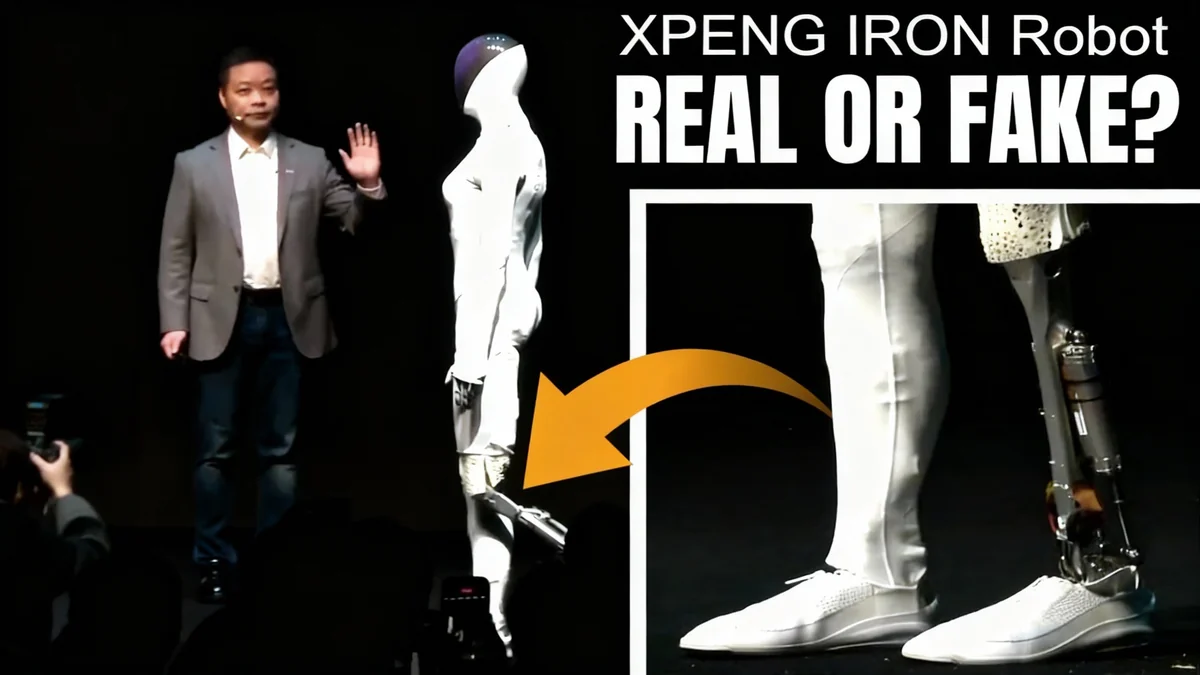Accenture has announced a comprehensive business optimization program, committing up to $865 million to realign its operations and workforce with the demands of artificial intelligence. The six-month initiative focuses on a new talent strategy that includes upskilling employees, exiting staff without viable reskilling paths, and improving operational efficiencies.
The consulting firm, a key player in corporate AI adoption, projects that this program will generate over $1 billion in savings. CEO Julie Sweet emphasized that these funds will be reinvested into the business and its people, positioning Accenture for future growth in the AI-driven market.
Key Takeaways
- Accenture is investing up to $865 million in a six-month business optimization program focused on AI.
- The company expects to achieve over $1 billion in savings, which will be reinvested into the business.
- The new talent strategy involves upskilling current employees and exiting staff whose skills are not adaptable to new AI requirements.
- CEO Julie Sweet stated that despite some exits, the company anticipates an overall increase in headcount in 2026.
- The program also includes the divestiture of two previously acquired companies.
Financial Details of the Optimization Program
Accenture's strategic shift is supported by a significant financial commitment. The company will record up to $865 million in charges related to its business optimization efforts. According to the company, these charges also cover two divestitures of previously acquired businesses.
Despite the substantial initial cost, the program is designed for long-term financial benefit. Accenture projects that the changes will result in savings of more than $1 billion. These savings are not intended to simply boost profits but will be strategically reinvested back into the company, particularly in talent development and technology.
During an earnings call with analysts, CEO Julie Sweet clarified the company's growth trajectory. While the restructuring involves personnel changes, she confirmed that Accenture still expects to increase its overall headcount in the fiscal year 2026, signaling confidence in future demand.
A Three-Pronged Talent Strategy for the AI Age
The core of Accenture's reinvention is a multifaceted talent strategy designed to align its workforce with the skills required for enterprise-level AI implementation. The approach consists of three main components.
1. Investing in Employee Upskilling
The primary focus is on enhancing the skills of its existing employees, whom Accenture refers to as "reinventors." Sweet stated, "We are investing in upskilling our reinventors." The company recognizes a major gap between the simple use of AI in personal life and its complex application within large organizations.
The Enterprise AI Challenge
According to Sweet, many businesses struggle to implement AI at scale due to "fragmented processes and siloed organizations." Leaders and employees require new skills to develop business strategies that can fully leverage AI, which involves process reinvention and significant change management.
This investment aims to equip Accenture's workforce with the competencies needed to guide clients through these complex transformations.
2. Strategic Exits for Mismatched Skills
The second component involves employee departures. The company plans to be "exiting people in a compressed timeline where reskilling is not a viable path for the skills it needs." This move is described as a necessary step to bring in new talent with specialized, in-demand capabilities.
"We are trying to, in a very compressed talent timeline where we don’t have a viable path for skilling, sort of exiting people so we can get more of the skills in we need," Sweet explained during the earnings call.
This approach highlights the rapid pace of change in the technology consulting industry, where the demand for specific AI-related skills is outpacing the ability to retrain some segments of the workforce.
3. Enhancing Operational Efficiency
The third prong of the strategy is a broad effort to identify and implement greater operating efficiencies across the organization. This involves streamlining processes and optimizing how the company functions internally, freeing up resources to be allocated to high-growth areas like AI consulting and implementation.
The Broader Challenge of AI Adoption
Julie Sweet noted that while AI has captured the attention of corporate leaders faster than any technology in the past two decades, the results have often been disappointing for many companies. "It is well recognized that advanced AI has taken the mindshare of CEOs, the C-suite and boards faster than any technology development we’ve seen in the past two decades," she said. However, she also acknowledged that "value realization has been underwhelming for many."
Accenture's Scale of Reinvention
- The company serves approximately 9,000 clients.
- In the fourth quarter alone, it reported 37 new clients with bookings exceeding $100 million.
- For the full year, Accenture secured 129 such large-scale bookings, underscoring the massive demand for corporate transformation services.
Sweet believes the primary obstacle is not the technology itself, but organizational inertia. Many companies attempt to apply AI to their existing, often inefficient, processes rather than fundamentally rethinking how they operate.
Rewiring the Company for Future Growth
In a separate discussion with Fortune, Sweet elaborated on the need for deep structural change, both for Accenture's clients and for Accenture itself. She stressed that capturing the full potential of AI requires a willingness to completely "rewire your company."
She explained that Accenture had to undergo this difficult process internally, realigning its strategy and structure after five decades of operating in a different model. "We really have to change, and this change is so big, this is reversing five decades of how we’re working," Sweet commented.
This internal transformation, though challenging for employees, was deemed essential. Sweet emphasized that a culture of embracing change and innovation, combined with humility, allowed the company's leadership to make the necessary hard decisions to align with the needs of its clients in the AI era.





